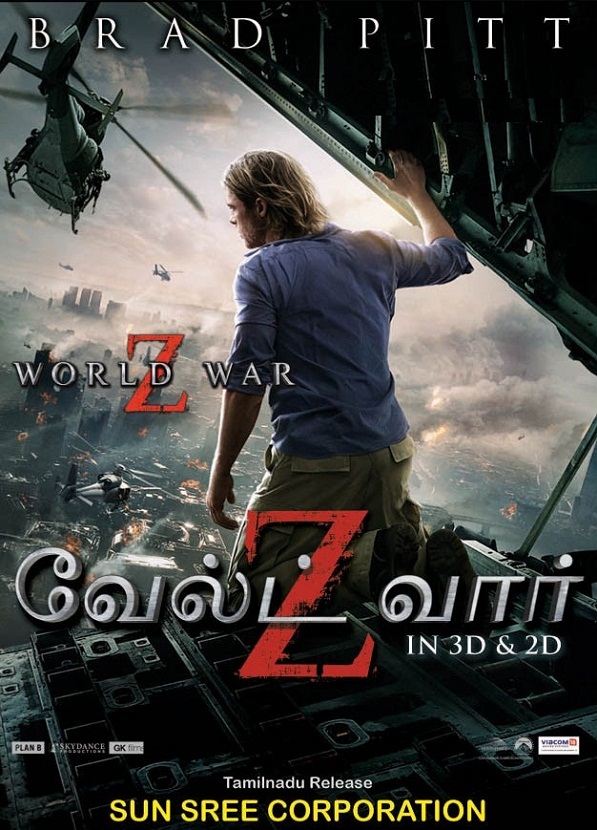

What shocked so many in Germany about the treaty signed near Paris, at the Palace of Versailles, was that the victors dictated a future in which Germany was deprived of any significant military power. The humiliation of Germany’s defeat and the peace settlement that followed in 1919 would play an important role in the rise of Nazism and the coming of a second “world war” just 20 years later. Winston Churchill said the war left “a crippled, broken world.”Īftermath of World War I and the Rise of Nazism, 1918-1933 It was a cataclysm that darkened the world’s view of humanity and its future. Under the pressure of unending carnage, governments toppled and great empires dissolved.

Advances in the technology of killing included the use of poison gas. Millions of veterans were crippled in body and in spirit. More than one third of all German men aged 19 to 22 were killed. “It is the ending of the world.” Half of all Frenchmen aged 20 to 32 at war’s outbreak were dead when it was over. “This is not war,” one wounded soldier wrote home. It became known as “the war to end all wars.” It cast an immense shadow on tens of millions of people. The first “world war,” from 1914 to 1918, was fought throughout Europe and beyond. What followed soon after were two devastating wars. The 20th century began much like our own-with hope that education, science and technology could create a better, more peaceful world. More than fifty million people from around the world visited the Universal Exposition-a world’s fair intended to promote greater understanding and tolerance among nations, and to celebrate the new century, new inventions, exciting progress.


 0 kommentar(er)
0 kommentar(er)
